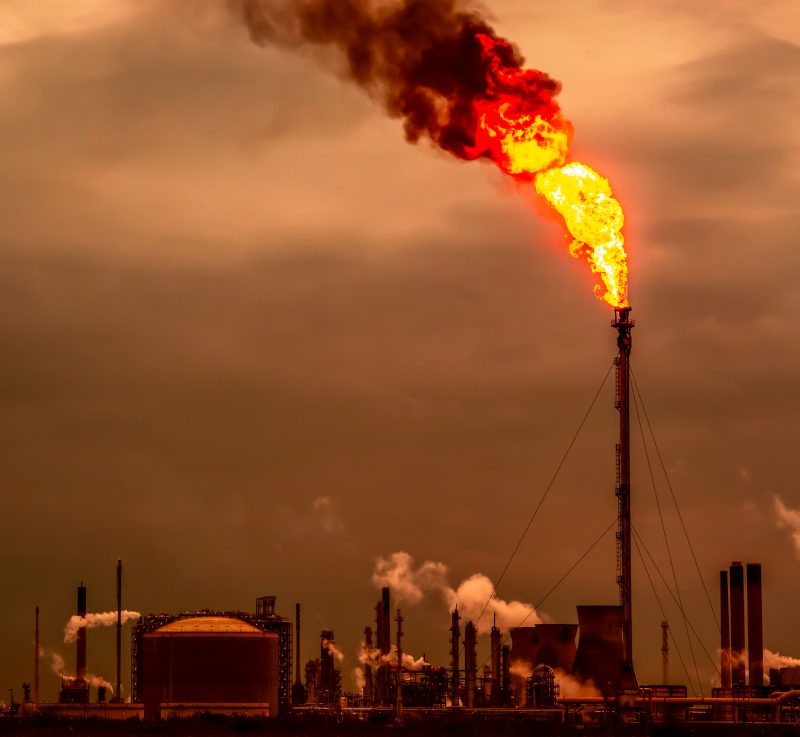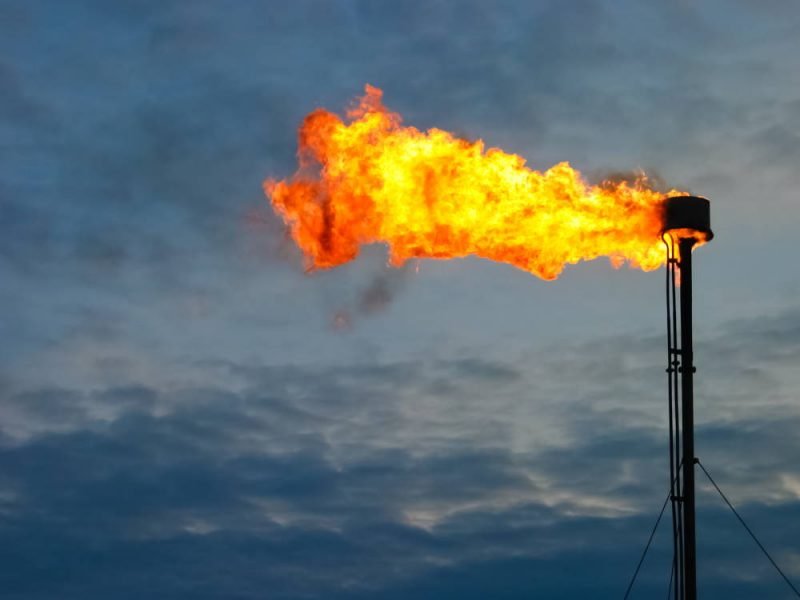
Satellite Data for a Successful Energy Transition
Industrial Waste Heat and Emissions: A Climate Factor
A key element of the energy transition is the reduction of industrial emissions and the monitoring of energy efficiency. Climate change is increasing the demand for transparency: waste heat from industrial plants, gas flares in oil and gas production, and cooling water heating have a significant impact on the climate and the environment. Today, there is often a lack of continuous, high-resolution, and independent data to quantify emissions and monitor them for regulatory purposes.

Transparency in Energy Efficiency and Emission Control
DIEGOSat can measure thermal radiation from industrial facilities—from cooling systems and factory buildings to gas flares in the oil industry. This allows emission sources to be localized, waste heat balances to be created, and unwanted losses or leaks to be identified. The data supports government climate protection portals as well as companies that need to substantiate their sustainability reports with independent satellite data.

Satellite Technology Makes Waste Heat and Gas Flares Visible
For reliable detection and energy assessment of high-temperature events, DIEGOSat provides co-registered data sets, i.e., data sets recorded simultaneously at the same location in the wavelength ranges of the mid-infrared (at 4 µm), thermal infrared (at 8–12 µm), visible light, and near-infrared. This combination of data allows even small gas flares or industrial heat emissions to be reliably detected and accurately assessed. Thanks to automated data processing (e.g., by ZEBRIS Geo-IT), emission and energy models are created that are available to both regulatory authorities and companies. The data is available as open data for research and authorities via open interfaces (OGC-compliant).
